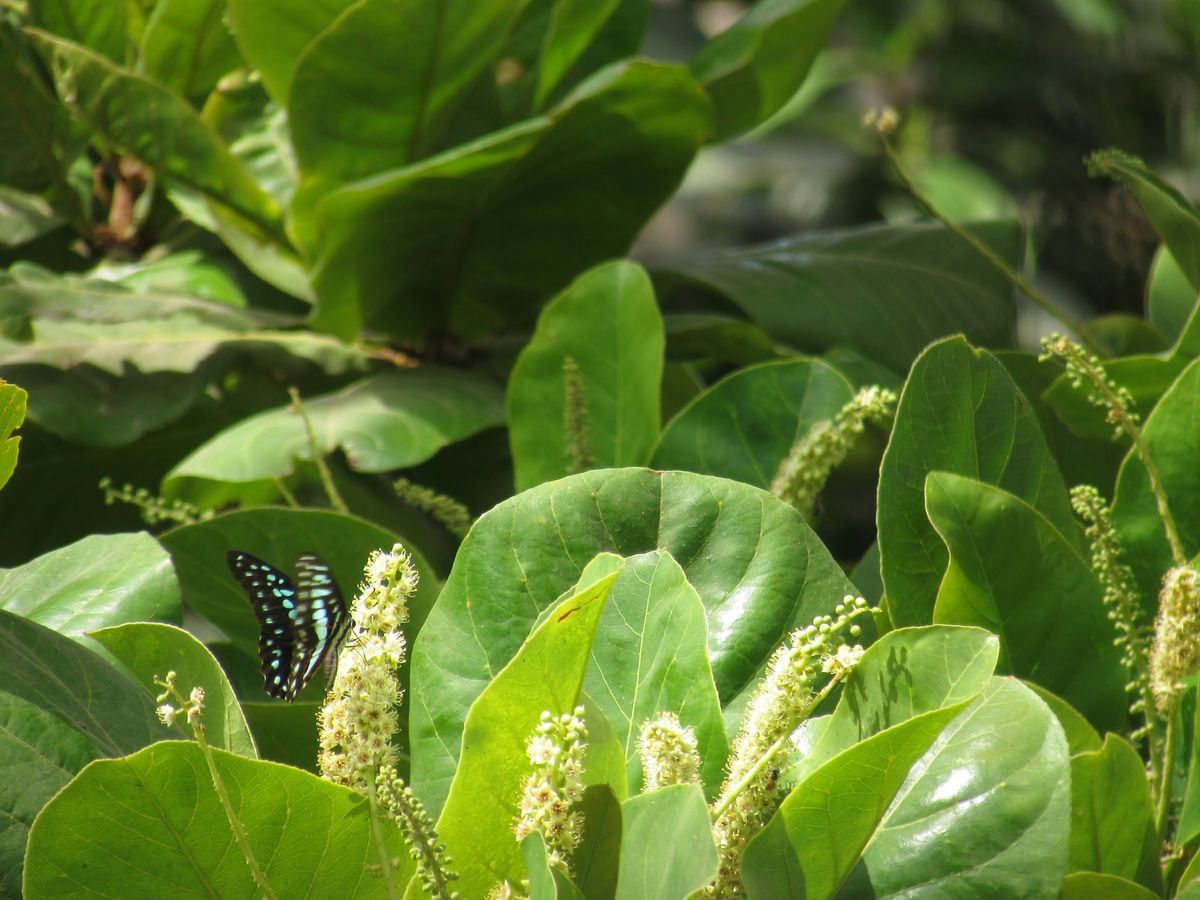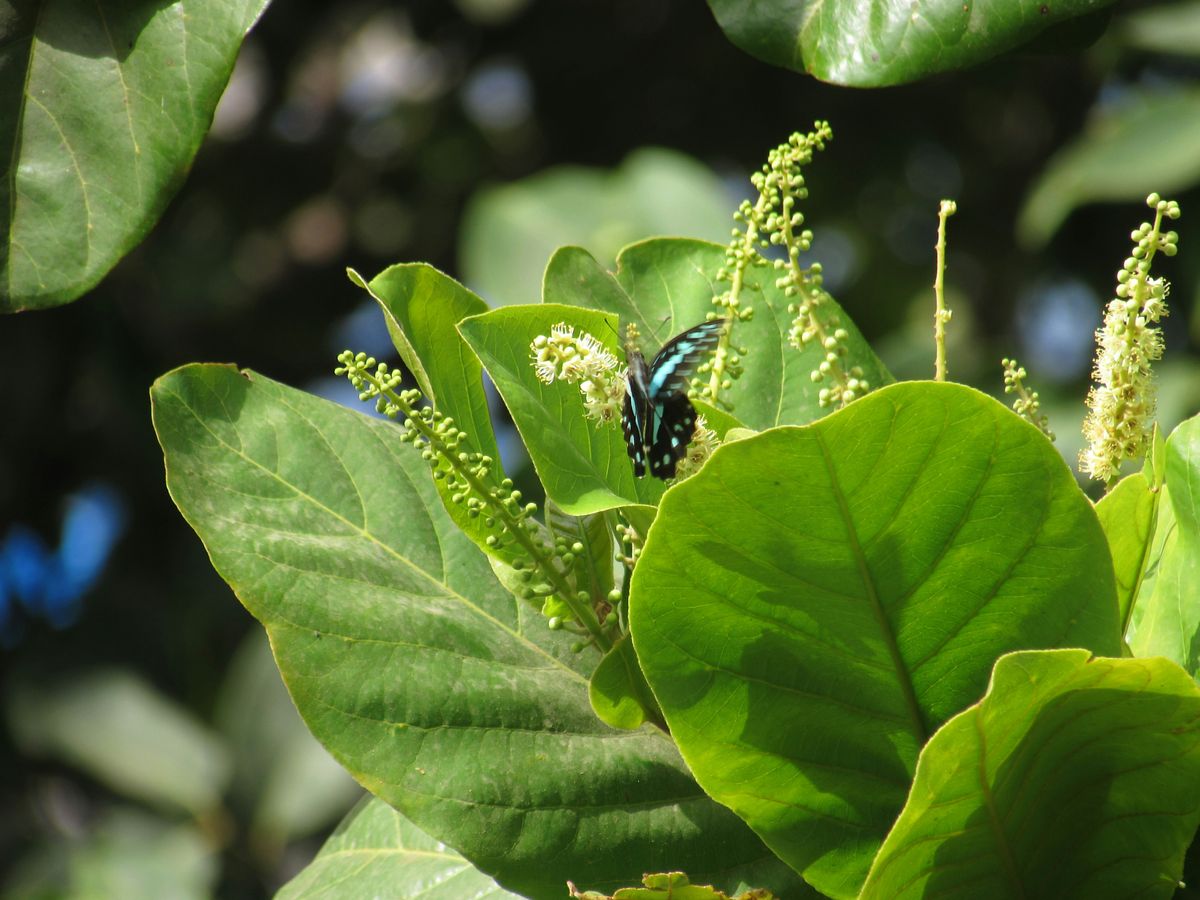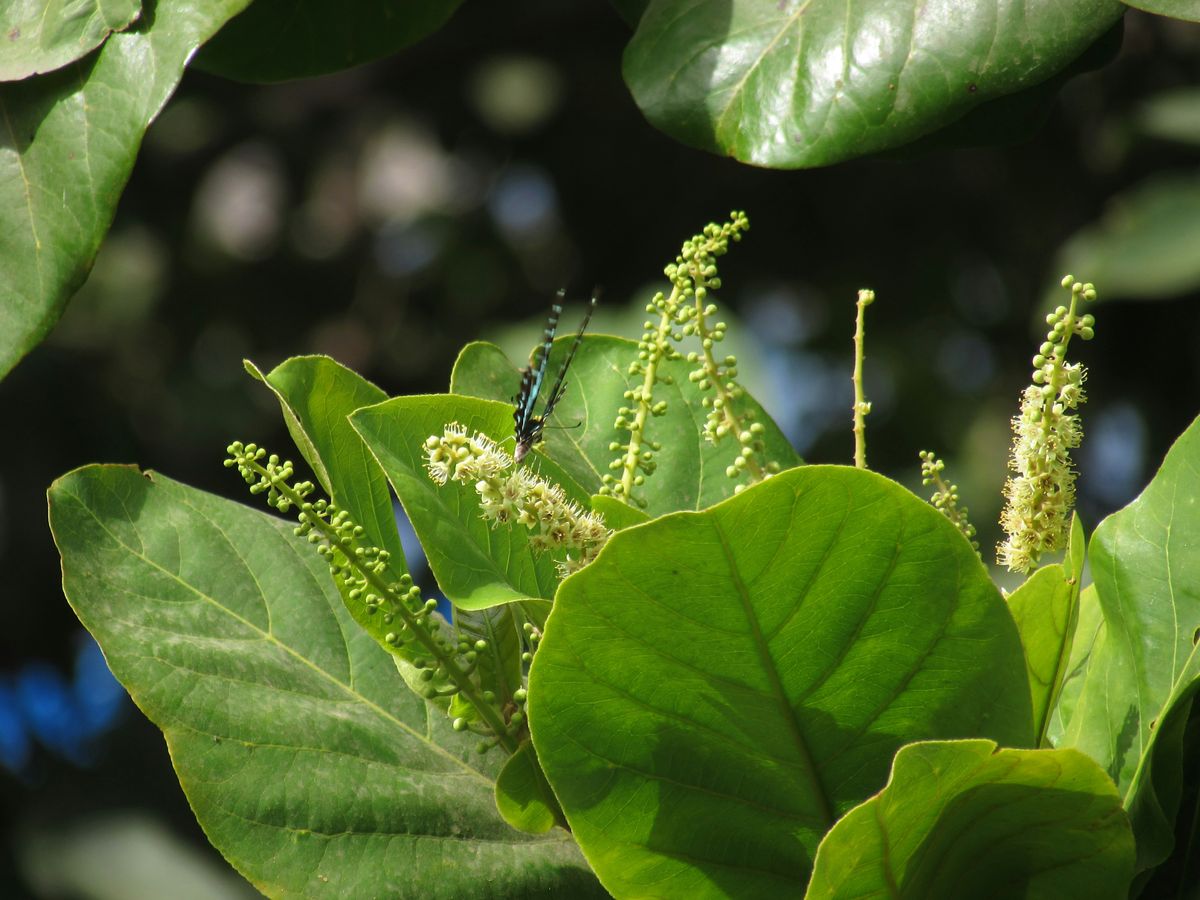Orange Bird of Paradise, with its vibrant orange blooms and tropical allure, is a stunning addition to any garden. This exotic plant brings a splash of brilliance and a touch of the tropics to your outdoor or indoor space. From its unique characteristics to its cultural significance, the Orange Bird of Paradise is a symbol of exotic beauty that captivates all who encounter it.
Key Takeaways
- Orange Bird of Paradise adds a pop of vibrant color and tropical charm to your garden.
- Proper care and maintenance are essential for the health and longevity of your Orange Bird of Paradise plant.
- Choosing the right location with adequate sunlight and well-drained soil is crucial for the optimal growth of your Orange Bird of Paradise.
- Indoor planting of Orange Bird of Paradise requires attention to humidity levels and proper watering to thrive in a home environment.
- The Orange Bird of Paradise plant not only enhances the aesthetic appeal of your space but also offers various health benefits as a tropical plant.
Meet the Vibrant Orange Bird of Paradise

The Unique Characteristics
The Orange Bird of Paradise, or Strelitzia reginae, is a true showstopper with its crane-like flowers that burst into a fiery display of orange and blue. These colors are not just for show; they play a crucial role in attracting pollinators, ensuring the survival of the species.
- Distinctive flower shape: Resembling a bird in flight, the flower is an unmistakable sight in any garden.
- Vibrant color palette: The combination of orange and blue is rare in the plant world, making it a standout feature.
- Lush foliage: Large, banana-like leaves add a dramatic backdrop to the flowers, enhancing their visual impact.
This plant isn’t just a pretty face; it’s also known for its hardiness. Capable of withstanding less than ideal conditions, the Orange Bird of Paradise can thrive with the right care, bringing a touch of the tropics to temperate gardens.
How to Care for Your Orange Bird of Paradise
Caring for your Orange Bird of Paradise is a rewarding endeavor that brings a touch of the tropics right to your doorstep. Place these plants in a sunny spot to mimic their natural habitat. They thrive in bright conditions, but it’s crucial to acclimate them gradually to prevent leaf burn.
When considering light requirements, remember that very bright indirect sunlight is ideal, especially if you’re growing your plant indoors. Outdoor plants will need some shaded protection during the peak hours of sunlight to maintain their vibrant foliage.
Here’s a quick checklist for Orange Bird of Paradise care:
- Ensure ample sunlight, avoiding direct midday rays
- Gradually acclimate to outdoor conditions
- Provide well-draining soil
- Water regularly, allowing the soil to dry slightly between waterings
- Fertilize during the growing season
By following these steps, you’ll enjoy the lush, striking blooms that make the Orange Bird of Paradise a beloved addition to any garden.
Tips for Growing a Healthy Plant
After you’ve got the basics down, it’s time to ensure your Orange Bird of Paradise thrives. Regular watering is crucial, especially during the growing season. However, be careful not to overwater, as this can lead to root rot. A good rule of thumb is to let the soil dry out slightly between waterings.
When it comes to fertilization, a balanced approach is best. Use a slow-release fertilizer in the spring and then supplement with a liquid feed during the summer months. Here’s a quick guide to keep your plant happy:
- Spring: Apply slow-release fertilizer
- Summer: Supplement with liquid feed
- Fall and Winter: Reduce feeding as growth slows
Remember, these plants love light. If you’re growing your Orange Bird of Paradise indoors, consider moving it outside during the summer to soak up some extra sunshine. Just be sure to gradually acclimate it to avoid shock from the sudden change in environment. Clusia hedges are a testament to the beauty and resilience of tropical plants, and with the right care, your Orange Bird of Paradise can be just as stunning and robust.
Adding a Pop of Color to Your Garden

Choosing the Right Location
Finding the perfect spot for your Orange Bird of Paradise is crucial for its vibrant display. The right location is a sunny spot with well-draining soil. These tropical beauties thrive in bright, indirect sunlight, so placing them near a south-facing window would be ideal if you’re growing them indoors.
When planting outdoors, consider the microclimates in your garden. Areas that receive full sun for at least half the day are best. Avoid spots that are prone to cold drafts or excessive wind, which can damage the delicate foliage. Here’s a quick checklist to ensure you’ve got the location just right:
- Full to partial sunlight exposure
- Protection from strong winds
- Well-draining soil
- Ample space for growth
Remember, the Orange Bird of Paradise can grow quite large, so give it room to spread its wings! And if you’re referencing a care guide, like the one from Garden Pals, make sure the pot size matches the plant’s growth stage. A 10-inch pot is a good start for a 3 to 4 feet tall plant.
Complementing Your Garden Design
When you’re looking to add a touch of the tropics to your garden, the Orange Bird of Paradise can be a show-stopping centerpiece. But it’s not just about the plant itself; it’s about how it fits into the overall design of your space. Think of your garden as a canvas, and the Orange Bird of Paradise as a vibrant splash of paint that brings the whole picture to life.
To truly complement your garden design, consider the surrounding plants and elements. A well-thought-out combination can enhance the visual appeal and create a cohesive look. For instance, pairing the fiery orange and blue hues of the Bird of Paradise with green foliage plants can create a striking contrast. Here’s a simple guide to help you mix and match:
- Contrast Colors: Place the Orange Bird of Paradise against a backdrop of green to make its colors pop.
- Layer Heights: Combine plants of varying heights to add depth to your garden.
- Texture Variety: Mix different leaf textures to add visual interest and diversity.
Remember, the key is to balance the bold with the subtle. If you’re looking for inspiration, check out ‘15 No-Fuss Garden Plans Filled with Plants That Thrive in Full Sun’ for ideas on creating a sunny, low-maintenance backyard oasis. And don’t forget the practical aspects like drainage and aesthetics. Incorporating elements like downspouts, rain chains, and fountains can be both functional and beautiful, enhancing your garden design while taking care of excess water. For a DIY touch, consider landscaping with rocks around these features for a natural yet structured look.
Seasonal Maintenance Tips
As the seasons turn, your Orange Bird of Paradise will need a little extra TLC to keep it blooming brilliantly. Regular inspections of your plant can catch any issues early, from pests to nutrient deficiencies. Just like a homeowner checks their roof, you should check your plant’s leaves and soil to ensure it’s in top shape.
When it comes to feeding your tropical beauty, timing is everything. Here’s a quick rundown of what to do when:
- Spring: Fertilize to kickstart growth
- Summer: Water generously and watch for pests
- Fall: Reduce watering and prepare for dormancy
- Winter: Protect from frost and give it a rest
Remember, preparation is key, much like planning a food-centric party. Keep a close eye on your plant as the weather changes, and you’ll be rewarded with a stunning display that brings a touch of the tropics to your garden year-round.
Creating a Tropical Oasis at Home

Indoor Planting Guide
Bringing the Orange Bird of Paradise indoors isn’t just about adding a touch of the tropics to your living space; it’s about creating a little ecosystem that thrives under your care. Indoor tropical plant care can be a breeze with the right knowledge. Start by choosing a spot that gets plenty of indirect sunlight, as too much direct light can scorch the leaves.
Here’s a quick checklist to ensure your indoor paradise is off to a great start:
- Water: Keep the soil consistently moist, but not waterlogged.
- Light: Bright, indirect light is best.
- Fertilizer: Use a balanced, slow-release fertilizer every few months.
- Soil: A well-draining potting mix is crucial.
- Humidity: These plants love humidity, so consider a humidifier or regular misting.
- Pest Control: Keep an eye out for common pests and deal with them promptly.
Remember, while some tropical plants are low-maintenance, others might need a bit more attention. It’s all about finding the right balance and enjoying the process of nurturing your own slice of paradise.
Decorating with Orange Bird of Paradise
The Orange Bird of Paradise, with its vibrant orange and blue flowers, can transform any room into a tropical sanctuary. Its bright green leaves add a touch of freshness, making it a perfect centerpiece for your living space. When incorporating this exotic plant into your home decor, consider the following tips:
- Positioning: Place the plant in a spot where it can be a focal point, such as near a window or in a well-lit corner.
- Complementary Colors: Pair the plant with complementary colors to make its intense orange and blue petals stand out even more.
- Containers: Choose a decorative pot that not only supports the size of the plant but also matches your interior design aesthetic.
Remember, the Bird of Paradise is not just a plant; it’s a statement piece that can elevate the overall ambiance of your home. Its striking appearance is attractive to the eye and can be the perfect conversation starter for guests. Whether you’re aiming for a minimalist look or a bold, jungle-like vibe, this plant is versatile enough to fit any style.
Benefits of Having Tropical Plants
Bringing a slice of the tropics into your home isn’t just about the visual appeal; it’s a move that can have a positive impact on your well-being too. Tropical plants like the Orange Bird of Paradise can be more than just eye candy; they’re mood boosters and creativity enhancers.
Here’s a quick rundown of how these leafy friends can perk up your life:
- Improved memory and concentration: Just having these plants around can help sharpen your focus and enhance your creative thinking.
- Reducing fatigue: They’re not just pretty to look at; they can actually help you feel more energized.
- Lowering stress and anxiety: A touch of green can go a long way in creating a calming atmosphere.
- Boosting healing: Believe it or not, these plants can contribute to a quicker recovery from ailments.
So, if you’re looking to add a little zest to your living space and a lot of zen to your life, consider the Orange Bird of Paradise as your go-to plant buddy.
Orange Bird of Paradise: A Symbol of Exotic Beauty

Cultural Significance
The Orange Bird of Paradise isn’t just a feast for the eyes; it’s steeped in rich cultural significance. Often seen gracing the landscapes of warm, tropical regions, this plant has become a beloved symbol in various cultures. It’s not uncommon to find it featured in art, where it represents beauty and paradise.
- In Hawaii, the Orange Bird of Paradise is a popular choice for leis and decorations, symbolizing hospitality and celebration.
- In South Africa, its native land, it’s admired for its resilience and vibrant colors, often associated with joy and creativity.
When the Orange Bird of Paradise blooms, it’s an event that captures attention. The flowers are not only stunning but also carry deeper meanings. They are frequently used in bouquets to convey love and thoughtfulness, adding a tropical touch to any setting. Whether in a garden or as part of a floral arrangement, the presence of this plant can transform an ordinary space into an exotic retreat, providing a sense of escape and wonder.
Mythology and Folklore
The Orange Bird of Paradise isn’t just a feast for the eyes; it’s steeped in rich tales and legends. In various cultures, this plant has been revered as a symbol of paradise and beauty, often associated with divine or mystical realms. For instance, the ‘Be.Green’ article highlights the plant’s unparalleled beauty, likening it to a creature of heavenly origin with its vibrant colors and unique form.
Folklore also connects the Orange Bird of Paradise to enchanting narratives. Take the fairy tale ‘The Love for Three Oranges’, where an orange tree bears magical fruit, encapsulating young women within. This tale, as noted by Wikipedia, weaves the plant into a story of desire and adventure, hinting at its ability to unlock hidden wonders and the pursuit of the extraordinary.
While these stories may not be factual, they certainly add a layer of mystique to the Orange Bird of Paradise, making it a plant that captures both the imagination and the heart.
Celebrating the Plant’s Beauty
The Orange Bird of Paradise isn’t just a plant; it’s a living sculpture that commands attention in any setting. Its vibrant flowers and lush leaves are a testament to nature’s artistry, making it a favorite among garden enthusiasts and a standout feature in any landscape. Celebrating its beauty goes beyond mere admiration; it’s about creating a space that allows this tropical marvel to shine.
To truly honor the splendor of the Orange Bird of Paradise, consider these simple yet impactful actions:
- Incorporate it into focal points of your garden or home, ensuring it receives the admiration it deserves.
- Pair it with complementary plants that accentuate its bright colors and unique shape.
- Use it as a conversation starter to share your passion for gardening and exotic flora with friends and family.
Remember, the joy of gardening is not just in the cultivation, but in the sharing of beauty and experiences. By integrating the Orange Bird of Paradise into your life, you’re not only enhancing your surroundings but also enriching your social circle by being open and approachable to new experiences and people, much like the welcoming spread of its magnificent petals.
Frequently Asked Questions
What is the ideal temperature for an Orange Bird of Paradise plant?
Orange Bird of Paradise plants thrive in temperatures between 65-85°F (18-29°C).
How often should I water my Orange Bird of Paradise plant?
Water your Orange Bird of Paradise plant when the top inch of soil feels dry, typically every 1-2 weeks depending on the season and humidity levels.
Does the Orange Bird of Paradise plant require direct sunlight?
Yes, Orange Bird of Paradise plants prefer bright, indirect sunlight to thrive and produce vibrant blooms.
Can I grow an Orange Bird of Paradise plant indoors?
Yes, Orange Bird of Paradise plants can be grown indoors, but they still require ample sunlight and regular watering to thrive.
How tall can an Orange Bird of Paradise plant grow?
Orange Bird of Paradise plants can grow up to 5-6 feet tall indoors and even taller when planted outdoors in ideal conditions.
Are Orange Bird of Paradise plants toxic to pets?
Yes, Orange Bird of Paradise plants are toxic to pets if ingested, so it’s important to keep them out of reach of cats, dogs, and other animals.
